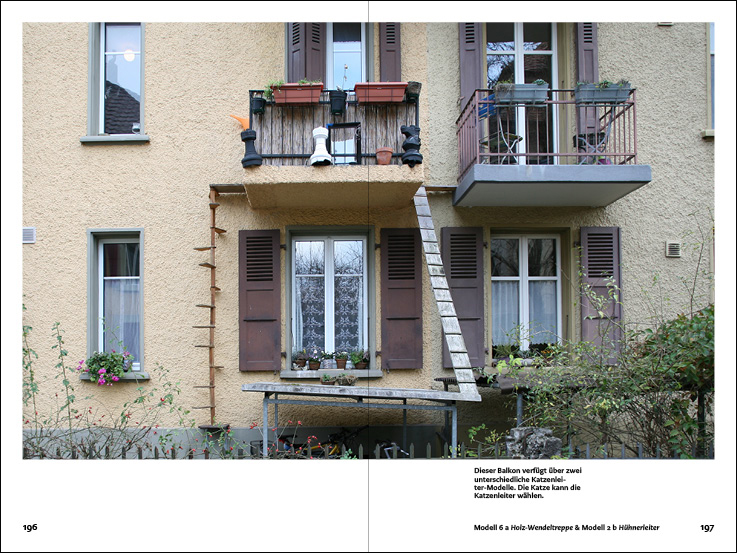Early European explorers left the continent with visions of gardens in their heads: The Garden of Eden, the Garden of the Hesperides, and other mythic realms of abundance, ease, and endless repose. Those same explorers left sickness, war, and death only to find sickness, war, and death—much of it exported by themselves. The garden became de-mythologized. Natural philosophy and modern methods of agriculture brought gardens further down to earth in the cultural imagination.
Yet the garden remained a special figure in philosophy, art, and literature, a potent symbol of an ordered life and ordered mind. Voltaire’s Candide, the riotous satire filled with gardens both fantastical and practical, famously ends with the dictate, “we must cultivate our garden.” The tendency to read this line as strictly metaphorical does a disservice to the intellectual culture created by Voltaire and other writers of the period—Alexander Pope most prominent among them—for whom gardening was a theory born of practice.
Exiled from France in 1765, Voltaire retreated to a villa in Geneva called Les Délices, “The Delights.” There, writes Adam Gopnik at The New Yorker, he “quickly turned his exile into a desirable condition…. When he wrote that it was our duty to cultivate our garden, he really knew what it meant to cultivate a garden.” Enlightenment poets and philosophers did not dwell on the scientific reasons why gardens might have such salutary effects on the psyche. And neither does neurologist Oliver Sacks, who also wrote of gardens as health-bestowing havens from the chaos and noise of the world, and more specifically, from the city and brutal commercial demands it represents.
For Sacks that city was not Paris or London but, principally, New York, where he lived, practiced, and wrote for fifty years. Nonetheless, in his essay “The Healing Power of Gardens,” he invokes the European history of gardens, from the medieval hortus to grand Enlightenment botanical gardens like Kew, filled with exotic plants from “the Americas and the Orient.” Sacks writes of his student days, where he “discovered with delight a very different garden—the Oxford Botanic Garden, one of the first walled gardens established in Europe,” founded in 1621.
“It pleased me to think,” he recalls, referring to key Enlightenment scientists, “that Boyle, Hooke, Willis and other Oxford figures might have walked and meditated there in the 17th century.” In that time, cultivated gardens were often the private preserves of landed gentry. Now, places like the New York Botanical Garden, whose virtues Sacks extolls in the video above, are open to everyone. And it is a good thing, too. Because gardens can serve an essential public health function, whether we’re stressed and generally fatigued or suffering from a mental disorder or neurological condition:
I cannot say exactly how nature exerts its calming and organizing effects on our brains, but I have seen in my patients the restorative and healing powers of nature and gardens, even for those who are deeply disabled neurologically. In many cases, gardens and nature are more powerful than any medication.
“In forty years of medical practice,” the physician writes, “I have found only two types of non-pharmaceutical ‘therapy’ to be vitally important for patients with chronic neurological diseases: music and gardens.” A garden also represents—for Sacks and for artists like Virginia Woolf—“a triumph of resistance against the merciless race of modern life,” as Maria Popova writes at Brain Pickings, a pace “so compulsively focused on productivity at the cost of creativity, of lucidity, of sanity.”
Voltaire’s prescription to tend our gardens has made Candide into a watchword for caring for and appreciating our surroundings. (It’s also now the name of a gardening app). Sacks’ recommendations should inspire us equally, whether we’re in search of creative inspiration or mental respite. “As a writer,” he says, “I find gardens essential to the creative process; as a physician, I take my patients to gardens whenever possible. The effect, he writes, is to be “refreshed in body and spirit,” absorbed in the “deep time” of nature, as he writes elsewhere, and finding in it “a profound sense of being at home, a sort of companionship with the earth,” and a remedy for the alienation of both mental illness and the grinding pace of our usual form of life.
via New York Times/Brain Pickings
Related Content:
Josh Jones is a writer and musician based in Durham, NC. Follow him at @jdmagness








